Swahili (also known as Kiswahili) is an African language spoken today by between 50 and 100 million people; thus becoming the second most extensive language on the continent after Arabic.
Currently, this language is spoken mostly in Tanzania and Kenya, and also in the border areas of Uganda, Mozambique, the Democratic Republic of the Congo, Rwanda, Burundi, Somalia, Zambia, Malawi and northern Madagascar.
Mainly we find two theories about its origin: the first says that it was created from the mixture between native Africans and Arabs and Persians who came to the East African coast to commercialize different products. From that mix, a new culture and a new language emerged called Swahili.
The second theory, instead, says that Swahili already existed long before the first Arabs and Persians arrived on the coasts of present-day Kenya and Tanzania. It was spoken by the Bantus of the area who, based on the great influence of the Arab and Persian world of the previous centuries, was adapting new vocabulary to their language. In fact, recent archaeological discoveries show that a Swahili culture already existed long before the arrival of the Arabs or Persians, thus this second theory is more accepted.
Thus, we can say that more than 1,000 years ago, people of various cultures and civilizations came to trade and settle on the east coast of Africa. These merchants mixed with the local Bantu inhabitants of the still unknown African lands who already had their own culture, and who were adapting them as the new merchants arrived. If you want to know more about the history of the East African coast, you can click here.
The Swahili language is of Bantu origin but with a strong influence from other languages such as Arabic, Persian, English or Portuguese; among others. In fact, there are studies that claim to be around 35% Arab influence. He thinks that until the 18th century Kiswahili was written with the Arabic alphabet, although today it is written with the Latin alphabet.
In all spheres of Swahili culture, the Arab, Persian and Indian influence is remarkable. For example, in its commercial routes and in its gastronomy; but also in your language. For example, the word Swahili comes from the Arabic “Sahil” which means coast; although we also find many other words of Arabic origin such as tisa (number nine), rafiki (friend), kahawa (coffee) or baridi (cold).
Some words derived from Persian are chai (tea), serikali (government) or sheha (village chief). Later, with the arrival of the Portuguese and English colonizers, new words such as meza (table), bendera (flag), vineyard (wine) or leso (handkerchief) were adapted to the vocabulary with respect to Portuguese; and baisikle (bicycle), kadi (card), polisis (policeman), picha (photograph) or penselio (pencil) from English. Thus, Swahili is a living language that has been adapted to the nine tenses.
Despite being one of the most important languages on the continent, many use it as a second language, since in Africa we find a long list of local languages that are transmitted orally to new generations. Many of them will learn Swahili in school (for example, in Kenya or Tanzania) where they will not teach their local mother tongue, but Swahili. Thus, we can say that those who have Swahili as their mother tongue are those who live along the eastern coast of Africa, and on the islands opposite. For this reason, we recommend that you visit the Lamu archipelago (you can see our experience here), or Zanzibar (you can also see our experience here).
Disney, with the film of The lion king, has popularized the language of Swahili. The expression hakuna matata is used to say that there is no problem (the literal meaning is “no concern”); simba is lion and rafiki means friend. In addition, the BBC has a channel in which only Swahili is spoken; and the song “Liberian girl” by Michael Jackson has part of the lyrics in Swahili (although this language was not reached in Liberia).
Swahili is one of the easiest African languages to learn. Also, it is easy to read because Swahili words are pronounced the same way they are written. In addition, to build sentences the verb conjugation is very simple: they have the different pronouns with 3 different forms (depending on how you want to express the past, the present or the future) but the root of the verb never changes. So, for example, if you want to say “I am going” it will be “ninakwenda”, but if you want to say we are going it will be “tunakwenda” while if you want to say I will go it will be “nitakwenda” and we will go it will be “tutakwenda”. Here are some Swahili words and verbs and their meanings so you can practice:
Habari yako? = How are you?
Asante sana = Thank you
Vizuri sana = Very good
Jambo = Hello
Karibu = Welcome
Kwenda = Go
Safari = Travel
Pika = Cook
Kunyua = Drink
Kula = Eat
Wapi = ¿Where…?
Shilingi ngapi = ¿How much does it cost…?
Gari = Car
Hoteli = Hotel
Soma = Read
Simba = Lion
Twiga = Giraffe
Tembo = Elephant
Duma = Chettah
Chui = Leopard
Moja = 1
Mbili = 2
Tatu = 3
Nne = 4
Tanu = 5
Sita = 6
Saba = 7
Nane = 8
Tisa = 9
Kumi = 10
Mia moja = 100
Elf moja = 1.000
Nina = I
Una = You
Ana = He/She
Tuna = We
Kwa = You
Wana = They
Do you want to start learning it? In Duolinguo you can take some online course. We recommend that before traveling to East Africa you learn some basic words to communicate with people. They will appreciate it very much and you will surely get closer to the local culture.

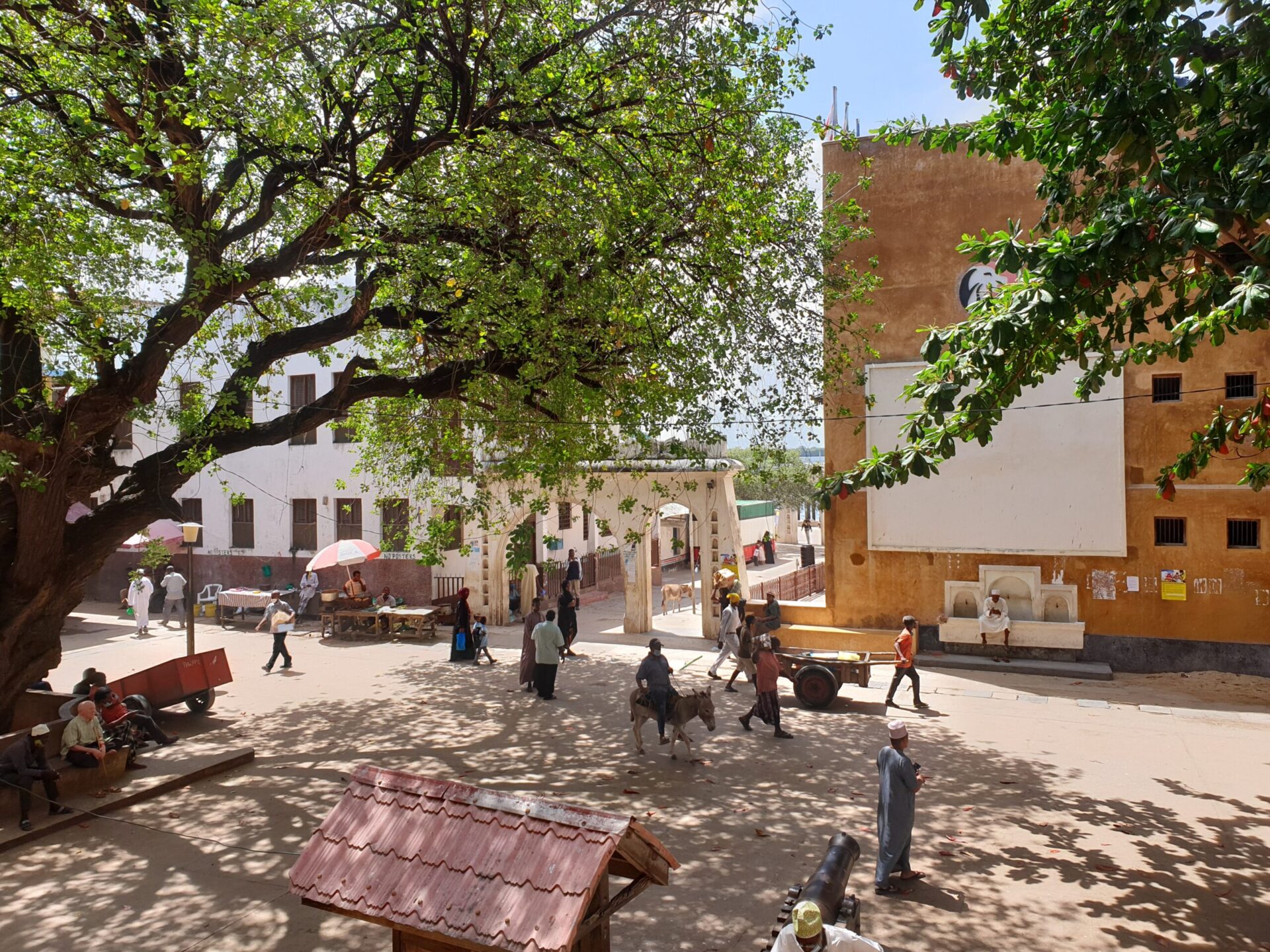
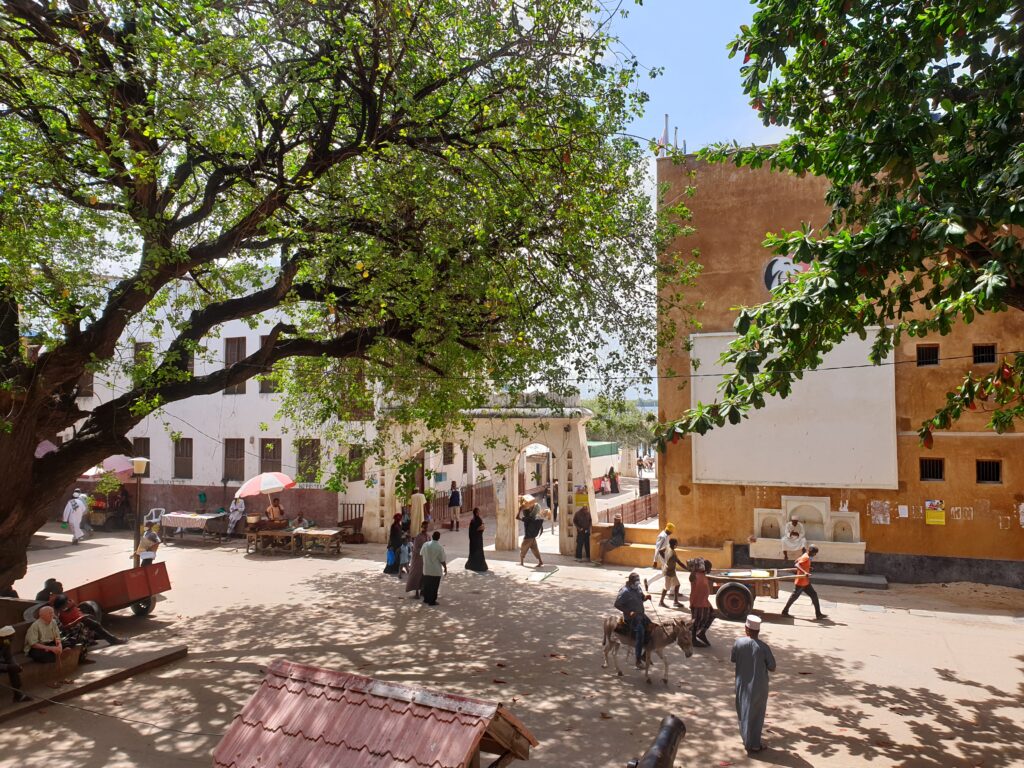
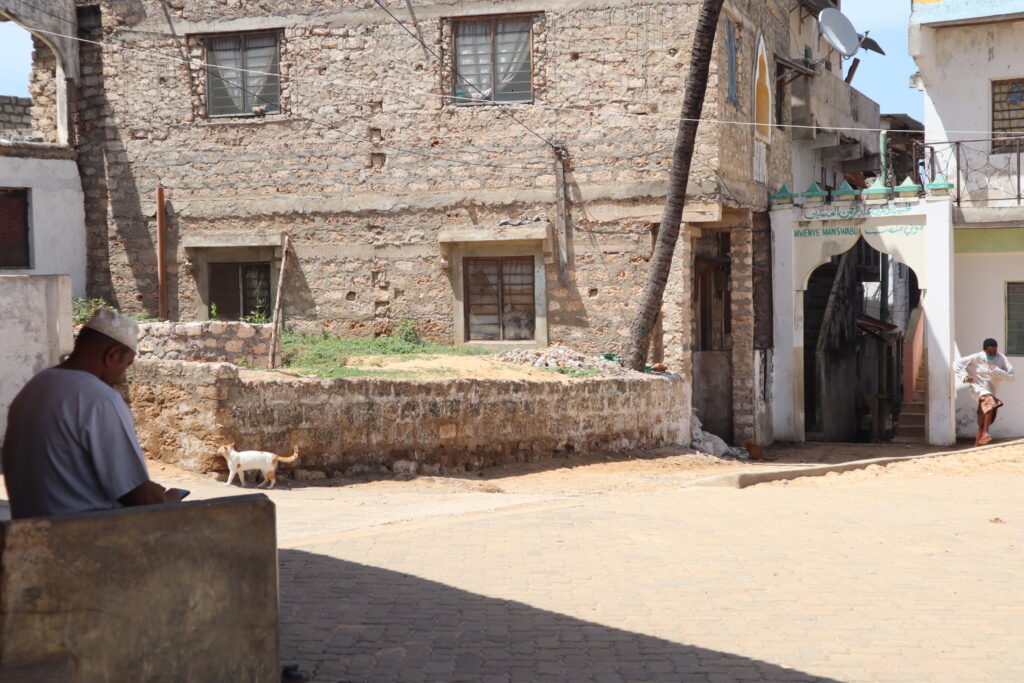
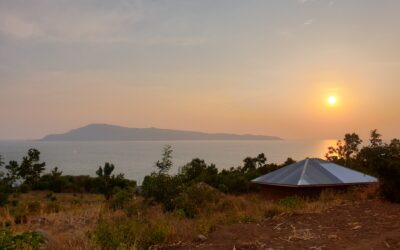



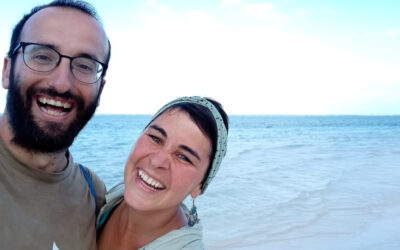
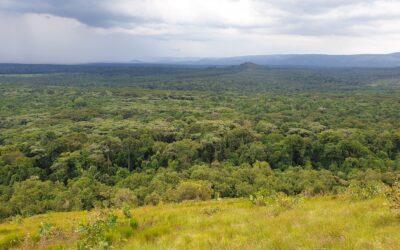
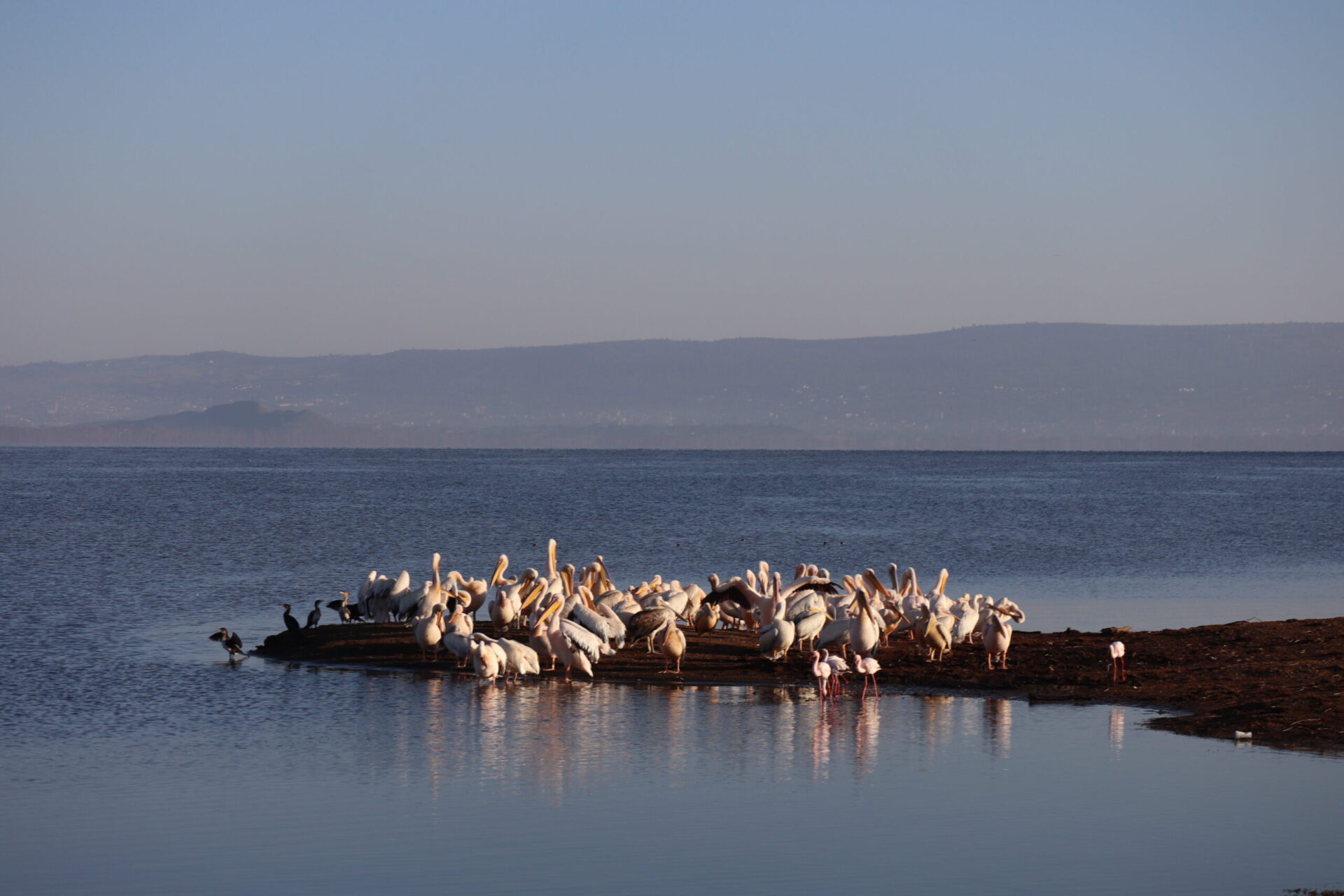

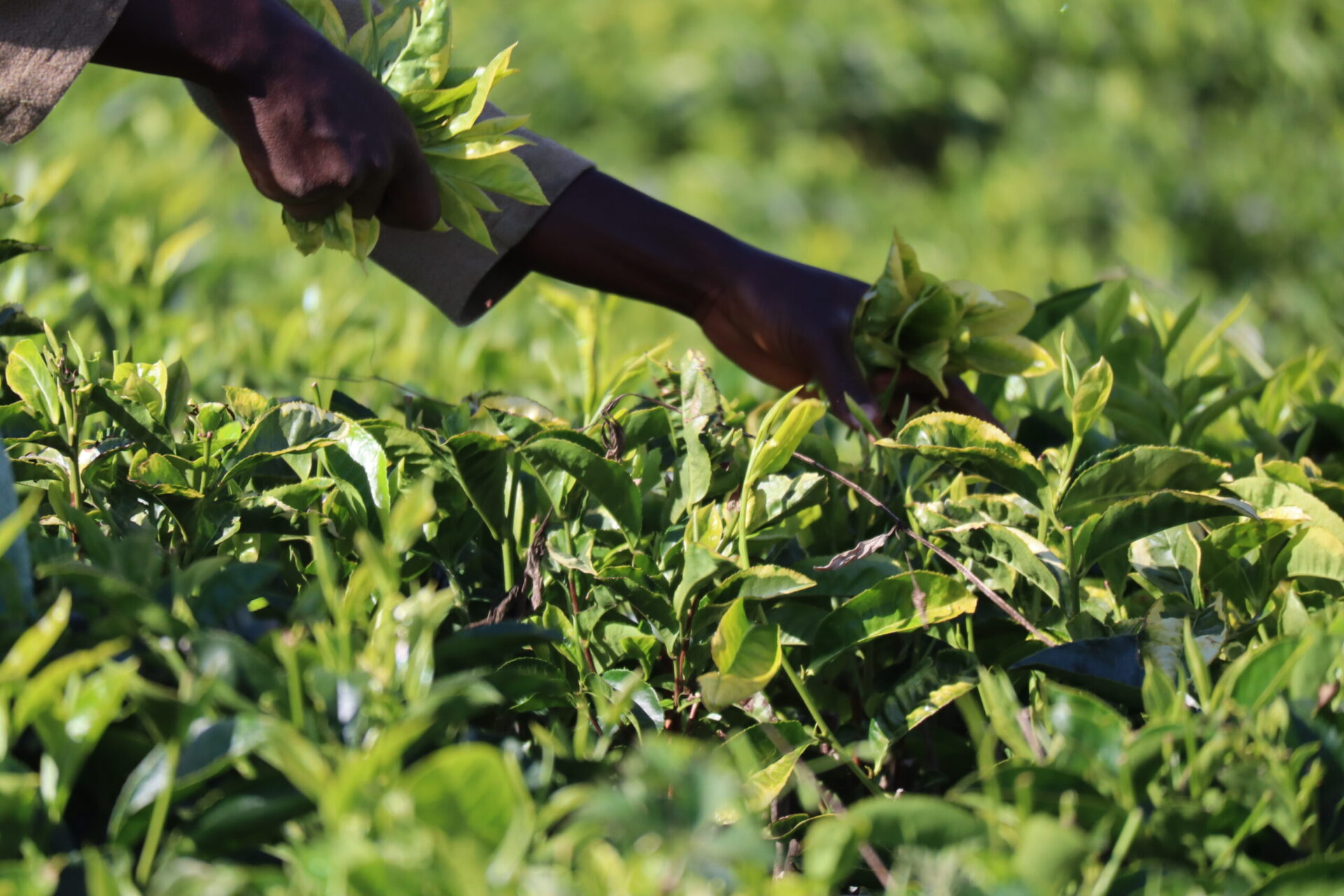
0 Comments